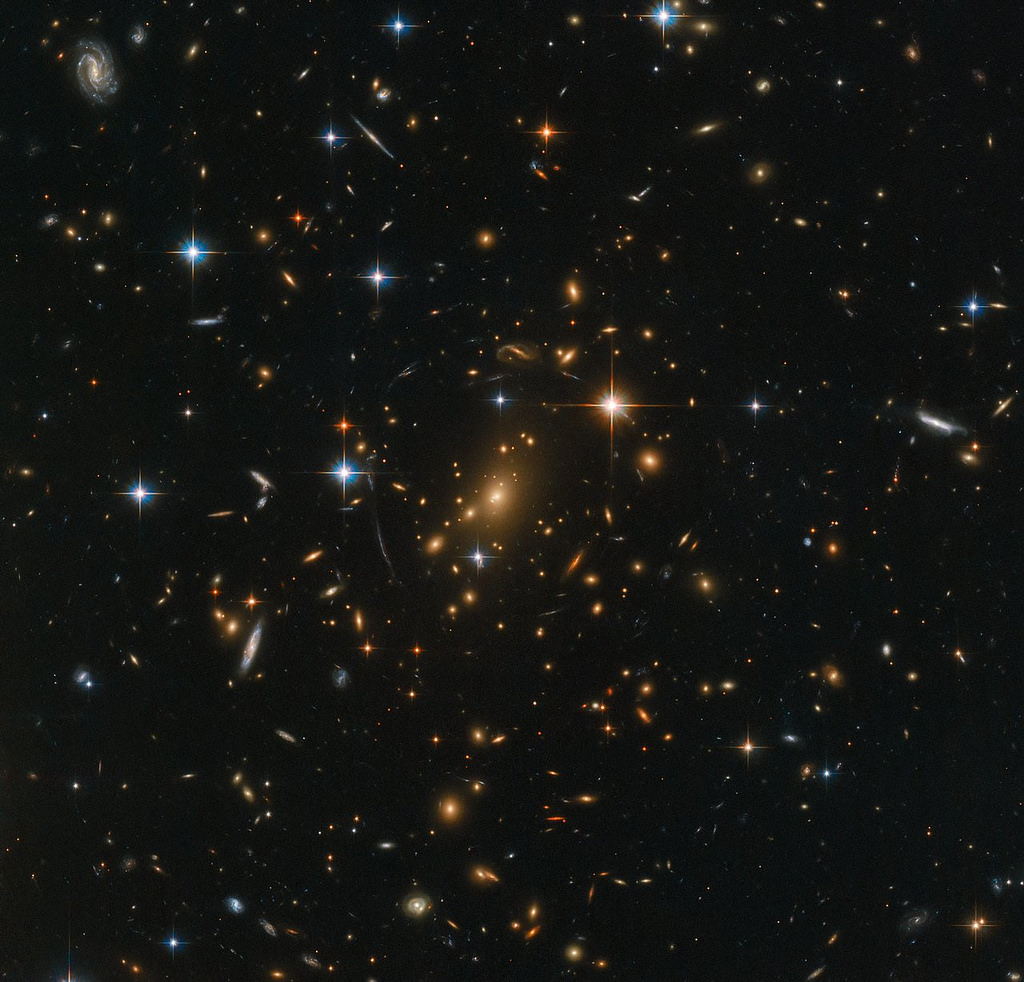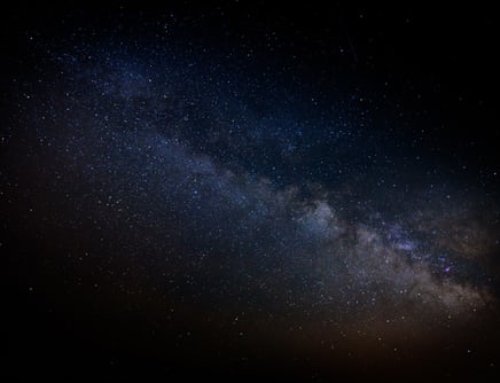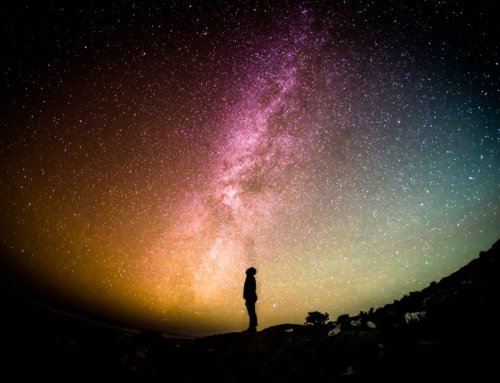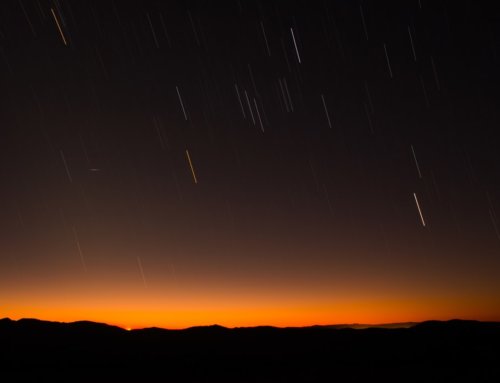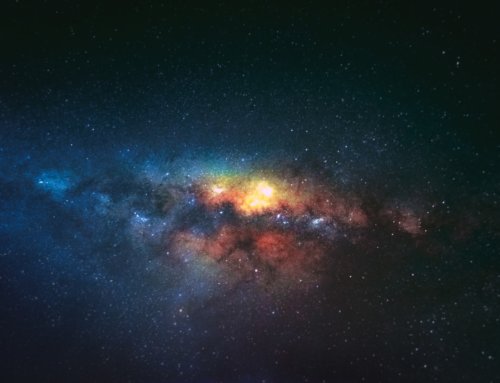It looks like space is indeed “the final frontier.”
Thanks to a special telescope from the Netherlands, the world appears to have suddenly gotten a lot larger and more cosmically complex. Scientists have recently discovered a new window on the universe, spotting 300,000 previously unknown galaxies. An international team of 200 scientists from 18 countries used the Low-Frequency Array (LOFAR) telescope to conduct a mapping of the night sky during a study. The astronomists were blown away by the first images, to say the least.
The results can be found in a special issue published by the scientific journal Astronomy & Astrophysics. About 10-percent of the data has now been made public, and some of the fascinating images have been circulating through social media’s “Twitter-verse.”
A LOFAR telescope is a highly advanced tool with extreme sensitivity that can detect light sources that optical instruments are unable to capture. For instance, spectacular black holes were seen during the study, and it was observed that when gas falls onto the holes, they emit jets of material that can be seen at radio wavelengths. A black hole never stops eating as it slurps up dust, gas and light from its surrounding galaxy.
Scientists hope the findings can gather new light on the birth and development of black holes that remain one of man’s greatest cosmic mysteries. In addition, they hope to learn more about cluster galaxies and their radio emissions that span millions of light years when two clusters of galaxies merge.
Prof. Annalisa Bonafede, University of Bologna and INAF (Italy), said that besides the merger events, the research uncovered that there are “other phenomena that can trigger particle acceleration over huge scales.”
The United States was part of the international team sending scientists from Harvard University, the Naval Research Laboratory and the University of Massachusetts.
The scientific study covered about one-quarter of the northern sky, according to ASTRON Director General Carole Jackson. She says the large team of experts will continue their study over the next few years exploring the entire sky and entire radio universe. When finished, the project should map a total of 15 million cosmic radio sources.
Jackson and the team are excited about more new discoveries that could be found along the way.

